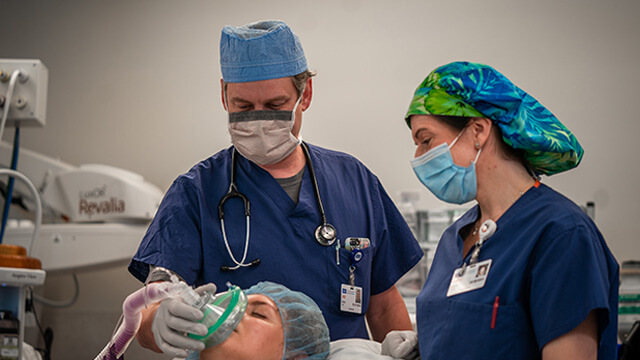A Look at what an Anesthesiologist does in a Hospital
When
seconds matter for life and death, an anesthesiologist ensures that
life overcomes death during surgical procedures. Anesthesia basically
is what keeps the patients sedated. But not many know about the
different roles played by an anesthesiologist during and after the
surgical procedure.
Anesthesia
services encompass multiple responsibilities, and are hence vital to
every surgical procedure carried out. For example, before the
surgery, the anesthesiologist schedules a meeting with the patient to
check on vital signs and a sense of overall health. This helps gauge
if the patient is in a good shape to undergo the surgery.
Let’s
check at what an anesthesiologist does in a hospital:
Prior
to The Surgery
A
correct decision on the appropriate type of anesthesia services will
need to be determined. Some of the standard types include General
anesthesia and Monitored anesthesia (IV sedation). The anesthesia can
be local or regional, depending on the severity and nature of
surgical procedure being carried out.
During
The Surgery
The
anesthesiologist keeps an eagle eye on the patient’s vital signs
every second of the operation. The team behind this responsibility
comprise of well qualified anesthesiologists that ensure that the
procedure goes off smoothly.
After
the surgery
The
anesthesiologist also ensures quicker recovery after the surgery.
This way, the patient can get back to the routine life with the least
possible implication arising from the surgery.
In
Conclusion
It
is clear that the expert does more than just dealing with anesthesia.
This post sheds light on the different responsibilities an
anesthesiologist is tasked with.



Comments
Post a Comment